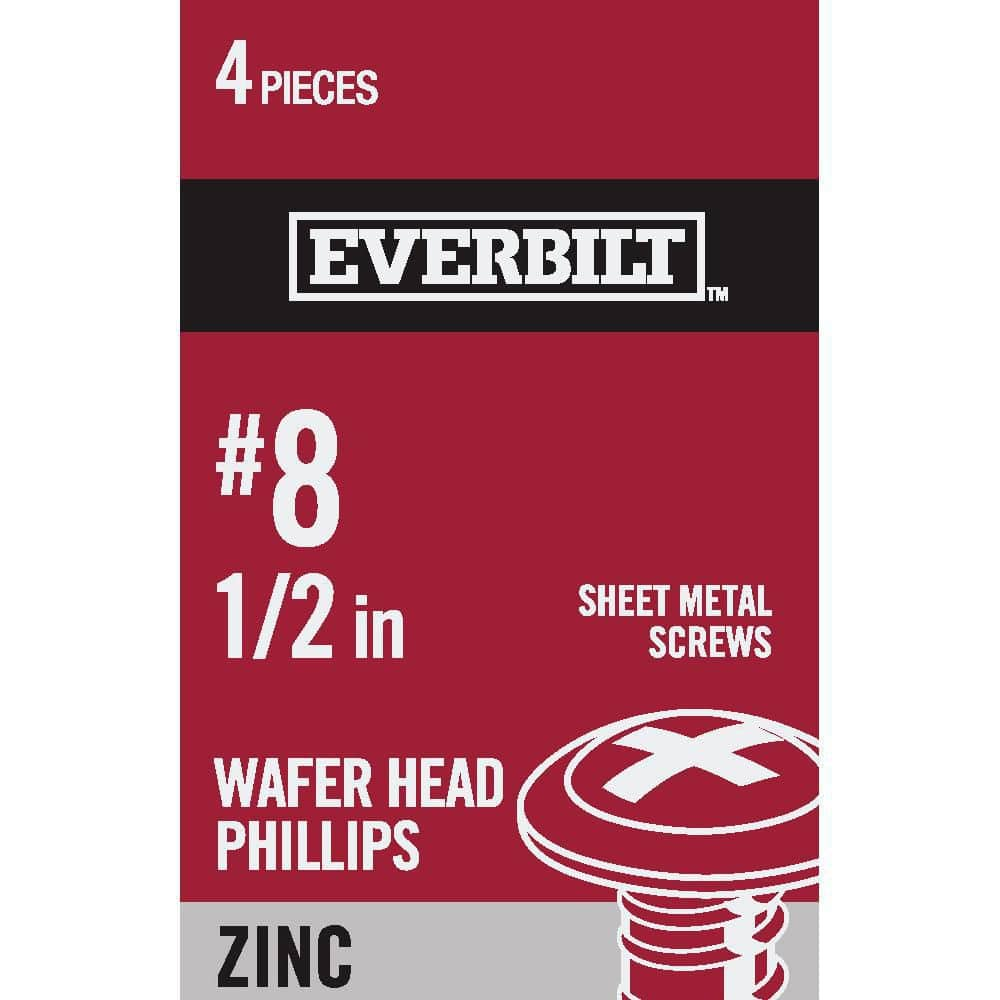If the CT cabinet is on POCO side of the "service point" then NEC doesn't apply to it and it is definitely not your problem what is inside there.
But the cabinet, enclosure, still has to be bonded to the grounded conductor.
250.92 (A) and 250.92 (A) (2)?
250.92 (A)(2)
That means the CT enclosure too, the way I read it.All enclosures containing service conductors including meter fittings, boxes, or the like, interposed in the service raceway or armor.
The POCO only owns the CTs, and the padlock on the doors. The customer owns the CT cabinet (enclosure), service entrance conductors riser, mast, conduit(s) and the service conductors. Improper bonding of the service enclosure (CT cabinet) to the grounded conductor could cause an electrical shock hazard in the event of an ungrouned phase conductor to ground fault. The improper bonding could also cause extensive damage to the supply side service conductors as well the enclosure and raceway/fittings. In this case 3" Emt and connector(s).
Add to that one end of the supply side conductors (Main Disconnect enclosure) raceway(s) is improperly bonded to the grounded conductor.
Question is, how long would it take for a phase to enclosure and or raceway fitting ground fault to blow the High Line fuse(s) at the utility pole? The quicker the ground fault is cleared, the less the damage to equipment and wiring. The more series impedance (poor continuity bonding connections) in the ground fault circuit the slower the response time. Slower response time translates into more damage.
Will this #8 truss head SMS be able to handle possibly thousands of amps until the High Line Fuse(s) blow?

Everbilt #8 x 1/2 in. Phillips Modified Truss Head Zinc Plated Sheet Metal Screw (4-Pack) 815341 - The Home Depot
Provide the best and essential addition to your fastening application by selecting this affordable Zinc-Plated Wafer Head Phillips Drive Drywall Screw.
www.homedepot.com
If the supply side bonding is done per code approximately how many thousands amps could flow in the ground fault circuit before the High Line fuse(s) blow at the utility pole? I know there are a lot of factors that have to be imputed into the equation. Just give an approximate number. Service is a 120/208V 3ph 4w 600 amp. POCO lateral is two parallel quadplex. Size of wire? Length from 3 transformers, at pole, to service mast weatherheads is approximately 35ft maybe 45ft max.
Last edited:

